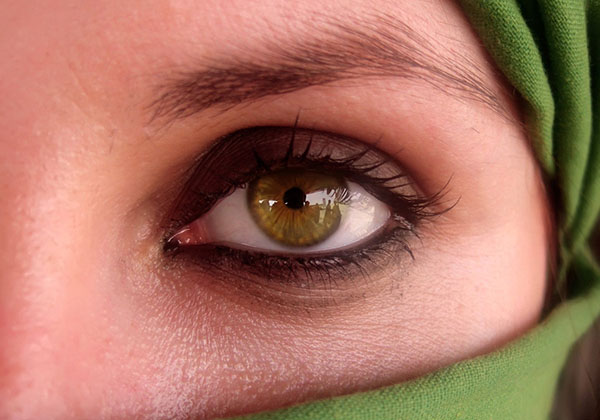By Allan Jones
Pride Health Columnist
There are many eye disorders that you need to be concerned with, especially as you get older. In this article I will deal with three, the diabetic eye, glaucoma and cataract.
As soon as you are diagnosed with diabetes, an eye doctor (optometrist or ophthalmologist) should be a member of your health care team. A visit to your eye doctor, at least once a year for regular exams, is important to avoid eye problems. High blood sugar (glucose) increases the risk of eye problems from diabetes. In fact, diabetes is the leading cause of blindness in adults age 20 to 74.
If you are diabetic and have blurred vision, do not buy a new pair of glasses as soon as you notice the blurred vision. It could just be a temporary eye problem that develops rapidly with diabetes, and is caused by high blood sugar levels, however it may take as long as three months after your blood sugar is well controlled, for your vision to fully get back to normal.
Controlling your blood sugar level within the guidelines set by your doctor, is critical to preventing eye problems for someone with diabetes. If your blood sugar level is out of control, the blood vessels in the back of the eye will break and bleeding takes place inside the eye in the retina, and inside the jelly like substance in the eye, masking the area that picks up the light stimulus that enables you to see.
Ultimately, without proper control of blood sugar level, you can go blind. This is why diabetes remains a leading cause of blindness.
Glaucoma occurs when fluid inside the eye does not drain properly, it can lead to excess pressure inside the eye. The increase in what is called intraocular pressure, can damage nerves and the blood vessels in the eye, causing changes in vision, and if not treated, blindness. There are no symptoms associated with the most common types of glaucoma until it is far advanced, and significant vision loss and irreversible damage has occurred. High pressure has been found to be just one component in determining glaucoma development. There are people with low pressures with glaucoma, and there are others with very high pressures who do not have glaucoma.
People with diabetes are also more likely to get an uncommon type of glaucoma, called neovascular glaucoma. In this form of glaucoma new blood vessels grow on the iris, the colored part of the eye. These blood vessels block the normal flow of fluid out of the eye, raising the eye pressure. It is difficult to treat. One option is laser surgery to reduce the vessels.
Treatment of glaucoma can include eye drops, laser procedures, pills or surgery. You can prevent serious eye problems by getting an annual glaucoma screening from your eye doctor.
Risk factors for developing glaucoma include family history of glaucoma, eye injury, steroid medication, age over 60, elevated eye pressure, being Black, diabetes, high blood pressure, hypothyroidism, being nearsighted or farsighted. In Black individuals it is recommended that they screen for glaucoma at age 40. Remember, glaucoma is a leading cause of blindness and it is symptomless. The only way to find out if you have glaucoma, is to carry out the necessary screening tests with an eye doctor.
A cataract is a clouding or fogging of the normally clear lens of the eye. The lens is what allows us to see and focus on an image just like a camera. Although anyone can get cataracts, it usually occurs around age 60. People with diabetes get these eye problems at an earlier age than most, and the condition progresses more rapidly than in people without diabetes.
If you have cataract, there is a cloudy area in the lens of your eye that results in the inability to focus light, and your vision is impaired. Symptoms of this eye problem include blurred or glared vision, needing brighter lights to read or see well, and seeing halos around lights.
The cloudy natural lens of your eye is like a dirty windshield on a car, which cannot be cleaned and need replacement. During cataract surgery, which lasts for about 20 to 30 minutes, the cloudy lens is removed and replaced by a clear artificial lens. There is no need to stay in hospital overnight after cataract surgery, and the patient is released and sent home a few hours after surgery. Cataracts affect both eyes, but for surgery, only one eye is done at a time.
Take care of your eyes and you will SEE the results.
Allan Jones is a Health Promoter and Broadcaster. He can be heard on “Allan Bucka Jones LIVE”, Sundays from 3 to 5pm on CHRY 105.5 FM, www.chry.fm , Rogers Digital Cable 945, Bell Fibe 973 or mobile app TuneIn.com . You can contact Allan Jones at ajones@jjmedical.ca.
 Pride News Canada's Leader In African Canadian & Caribbean News, Views & Lifestyle
Pride News Canada's Leader In African Canadian & Caribbean News, Views & Lifestyle





